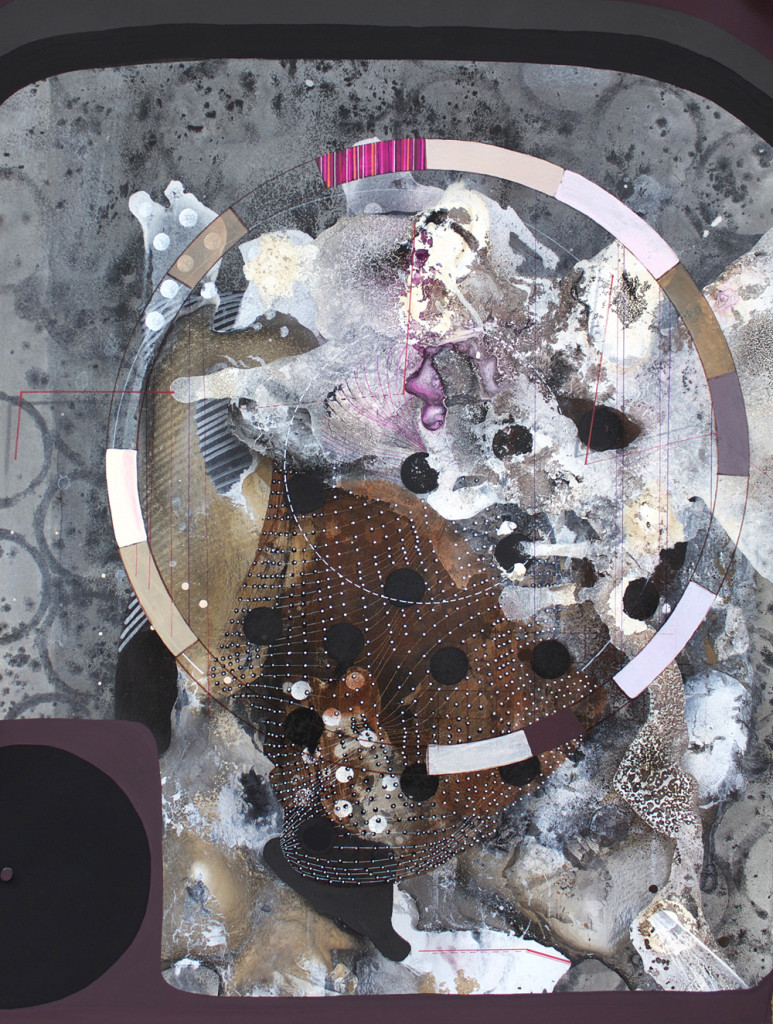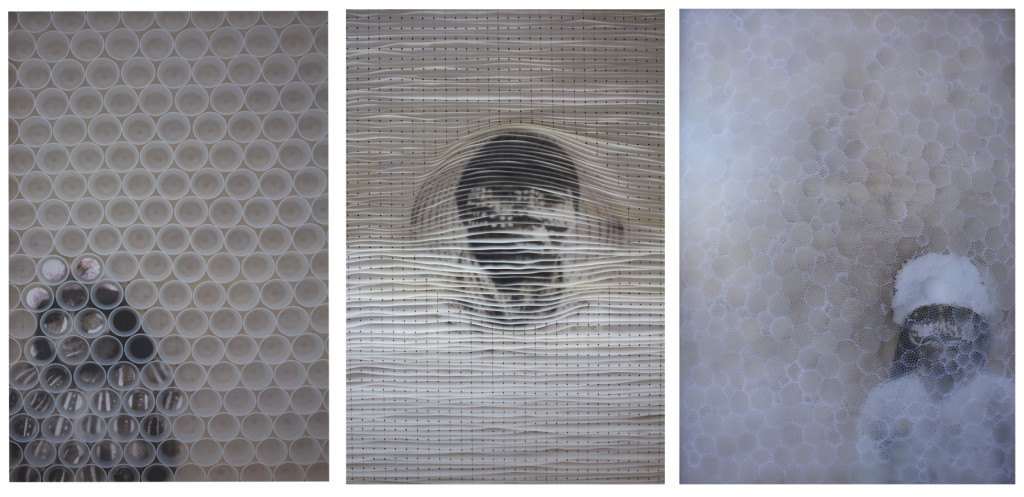Joan Belmar
Visual Artist living in the United States
Joan Belmar is a Chilean visual artist living in Washington, DC. Recognized for his extraordinary artistic merit in 2003, he was given permanent residence status in the United States. Seven years later he became a citizen.
Joan (pronounced Joe-an) was born a few years before Augusto Pinochet assumed power following a coup d’état that overthrew President Salvador Allende. In 1973, the military junta appointed Pinochet president. His military government terrorized, ostracized, and imprisoned opponents of his military government. Pinochet systematically suppressed all political parties and persecuted dissidents—intellectuals, artists, homosexuals, labor union members, and middle-class workers. It is not clear how many people were murdered and disappeared by the regime. Some reports show that 1,200 to 3,200 people were killed, 80,000 imprisoned, and 30,000 tortured between 1973 and 1981. The dictatorship’s sharp measures to reform the national economy led to inequality among the classes. Pinochet restricted people from education and did not supply adequate resources for food. They were terrorized.
Joan’s family was middle class and struggled to make ends meet. From an early age Joan recognized that he was gay and artistically inclined. He knew that there was little hope for his future in Chile. The penalty for homosexuality was death. Expressing ones artistic ideas was risky. Joan had to leave Chile. Not an easy decision to leave his family behind, he left for Spain in 1995 where he felt freedom for the first time in his life.
Joan’s paintings are mixed media, combining painting and collage techniques with painted and untreated Mylar and acetate strips. His paintings reflect his background in graphic arts, relying on circles and curves and creating layering effects to change transparencies of light. In 2011, he produced a series of paintings that explored the psychological and cultural divisions that affect the way we see the world around us. In this effort, he set out to learn about the Selk’nams. And what Joan learned about them affected him deeply.
The Selk’nams were indigenous, semi-nomadic people who lived in southern Chile’s Patagonia, including the Tierra del Fuego islands. Before the Europeans settled in the area in the 19th century, the Selk’nams sustained themselves as farmers and hunters. When the Europeans came to the area, they built ranches, pushing out the Selk’nams from the land where they hunted. The Europeans shunned the Selk’nam, running them off their land. Eventually, with the support of the Chilean government, they began killing off the Sel’knams. One pound sterling was paid to a sheep farmer or militia for every Selk’nam they killed. The Selk’nam were exterminated by the 1980s. Their Ona language is extinct.
Joan connected to the Selk’nam story and was inspired by the ways in which they expressed themselves, painting white lines and dots on their bodies and performing music and dance. Joan set out to preserve the Selk’nams by creating a series called “Territories”. The paintings combine imagery of maps and symbols, colors, drawings, grids, dots, and lines that represent the Selk’nam people. Joan explained that the organic movement on the canvas of the acrylics, gouache, and ink mix represent the search of freedom in a structured world. In Joan’s current work, the dots of the Selk’nams appear. They are a way to keep the Selk’nams alive in Joan’s world.
Joan’s art has exhibited at Addison/Ripley Fine Art, Charles Krause/Reporting Fine Art, the Washington Project for the Arts, the American University Museum at the Katzen Arts Center, the Corcoran Art Auction Gala, and the Gubarron Center for the Arts.
He is supported by various patrons and awards including the Maryland Arts Council’s Belmar Individual Artist grant in Visual Arts: Painting (2010 and 2013); the DC Commission on the Arts and Humanities’ artist fellowship (2009); and was a Mayor’s Award Finalist, recognized as an outstanding emerging artist in Washington, DC (2007).


